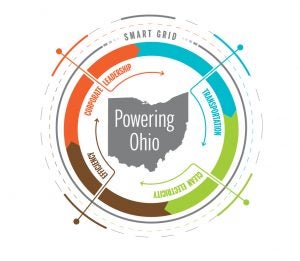With another triple-digit heat wave scorching the Southwest this week, fears of widespread outages are back.
 California’s grid operator has urged homes and businesses to crank up thermostats and avoid running power-hungry appliances during evening peak hours – all in an effort to avoid disruptions like the ones we saw earlier this month.
California’s grid operator has urged homes and businesses to crank up thermostats and avoid running power-hungry appliances during evening peak hours – all in an effort to avoid disruptions like the ones we saw earlier this month.
The dangerous and expensive outages that left 80,000 Los Angeles residents in the dark then may have been limited to Southern California, but they should sound alarms nationwide. The world is changing, affecting how our grid works.
Utilities are taking steps to adapt and expand their power systems to maintain reliability and accommodate the growth of renewables, but they need to pick up the pace – and fast. Read More














